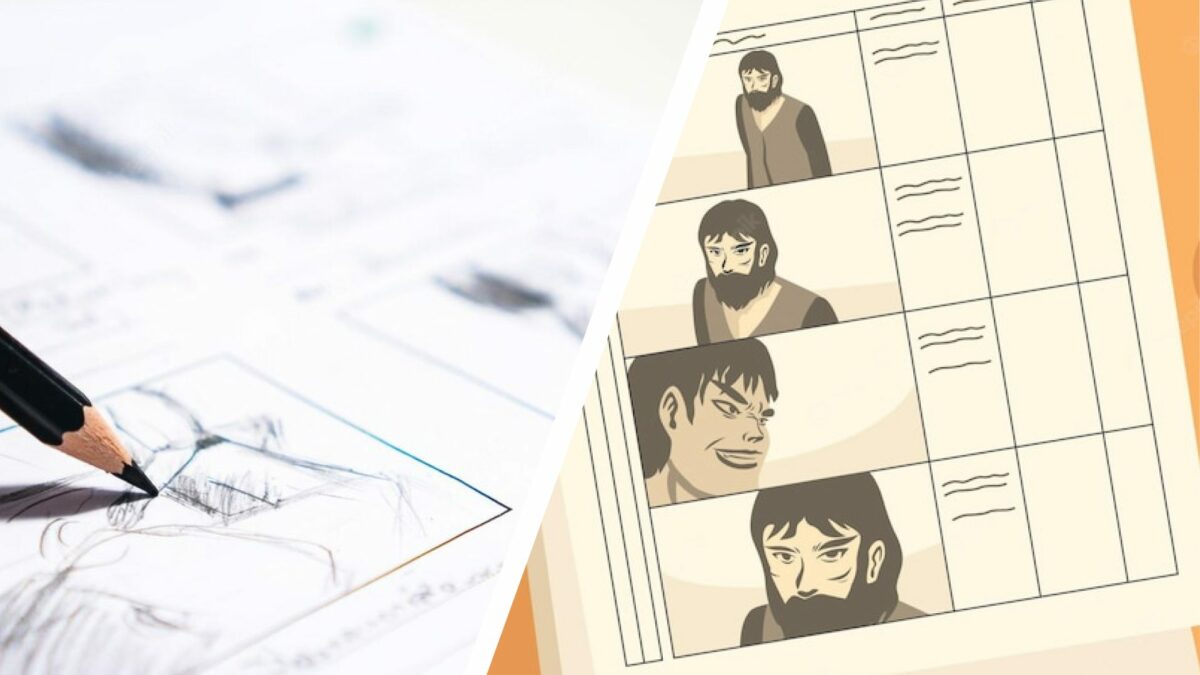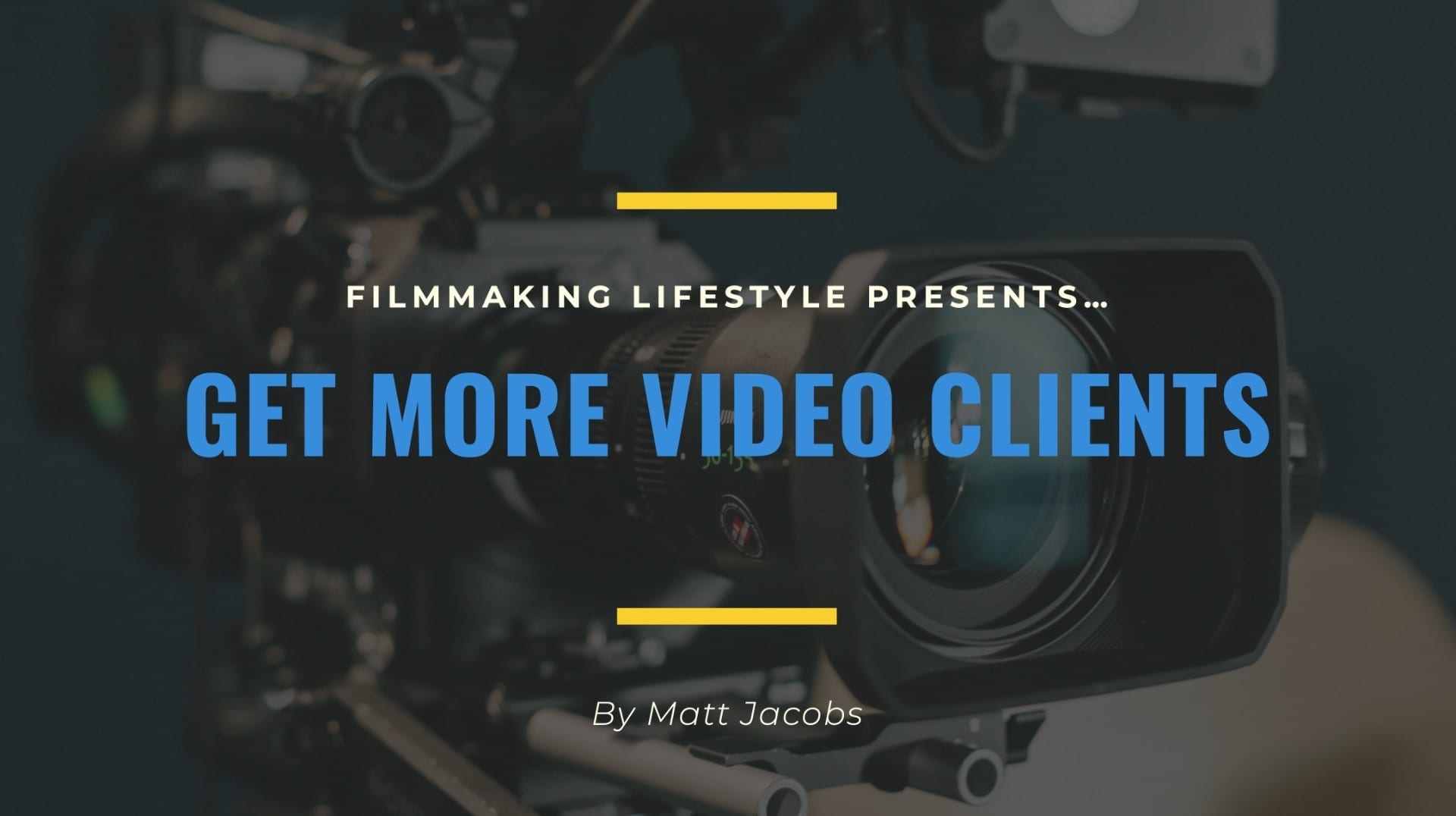Camera Movements
Camera movements play a crucial role in cinematic storytelling, influencing the tone, pace, and audience engagement. Techniques such as tracking shots, dolly zooms, and handheld cinematography create dynamic visuals that enhance a film’s narrative. Notable examples include the long take in Children of Men and the Steadicam sequences in The Shining.
What Is Dynamic Composition in Film? The Visual Symphony of Movement and Balance
What Is Dynamic Composition in Film: A Deep Dive Dynamic composition in film is an essential storytelling tool that captures the essence of movement within a frame, guiding viewers through a visual narrative. It’s all about how elements are arranged and move on screen to…
Best Tracking Shot Examples: The Definitive Guide To Tracking Shots
Ever watched a movie scene that glides through space, keeping pace with the characters as if you’re moving alongside them? That’s a tracking shot, a cinematographic gem that pulls us into the action. We’ll jump into what makes a tracking shot a filmmaker’s powerful tool…
The Dolly Shot: A Definitive Guide To This Integral Filmmaking Shot
In the world of filmmaking, a dolly shot is a powerful tool that can transport viewers right into the heart of the action. It’s a technique where the camera moves smoothly along a track, creating a seamless journey through a scene. We’ll jump into how…
What Is a Crane Shot? The Definitive Guide
The crane shot is a camera technique that creates the illusion of looking up from below. The director moves the camera up to make it look like they are standing on their tiptoes and then pans or tilts down to create this effect. Although, in…
Storyboard Camera Movement: Essential Guide [With Examples & Tips]
In the world of filmmaking, storyboards are our roadmap, guiding us through the visual narrative. But it’s the storyboard camera movement that truly brings our story to life, injecting momentum and emotion into every frame. We’ll explore how panning, zooming, and tracking shots are meticulously…
Storyboarding Tips for Videographers: A How-To Guide
Storyboarding is our roadmap to visual storytelling, ensuring every shot aligns perfectly with our vision. It’s where we translate our script into a sequence of drawings to visualize the narrative. By mastering the art of storyboarding, we’re setting ourselves up for success in videography. It…
What Is The 30-Degree Rule in Film? Maintaining Visual Continuity Across Cuts
What Is the 30-Degree Rule in Film and Why It Matters Mastering the art of visual storytelling is crucial in filmmaking, and one of the fundamental techniques used to maintain spatial continuity is the 30-degree rule. This principle dictates that for consecutive shots to appear…
What Is a Dolly Grip in Film: The Force Behind Smooth Cinematic Movement
What Is a Dolly Grip in Film? Unveiling On-Set Magic A dolly grip in film plays a crucial role behind the scenes, expertly maneuvering the camera dolly to create smooth and dynamic shots. They work closely with the cinematographer to execute precise camera movements that…
What Is a Camera Dolly in Film: Smooth Movement That Elevates the Shot
What Is a Camera Dolly in Film? Unveiling Its Role on Set A camera dolly is an essential piece of equipment in the world of film, enabling cinematographers to capture smooth and dynamic shots that would otherwise be impossible. It’s a wheeled cart or similar…
What Is Stalker Vision in Film: The POV That Breeds Suspense
What Is Stalker Vision in Film? Exploring Cinematic Techniques Stalker vision in film refers to a cinematic technique that embodies the point of view of someone covertly watching another character. It creates an eerie sense of voyeurism and suspense, often leading audiences to feel as…










